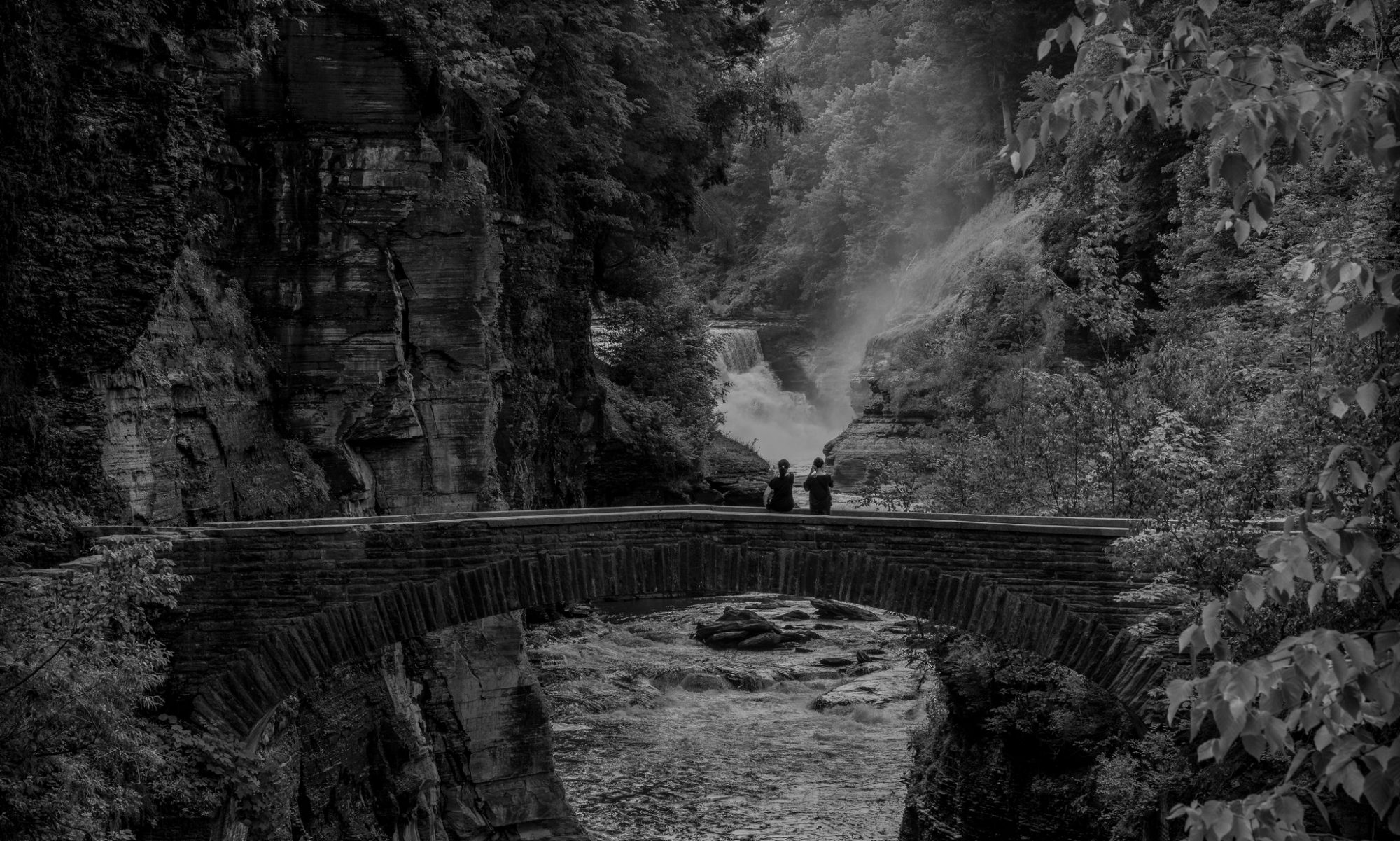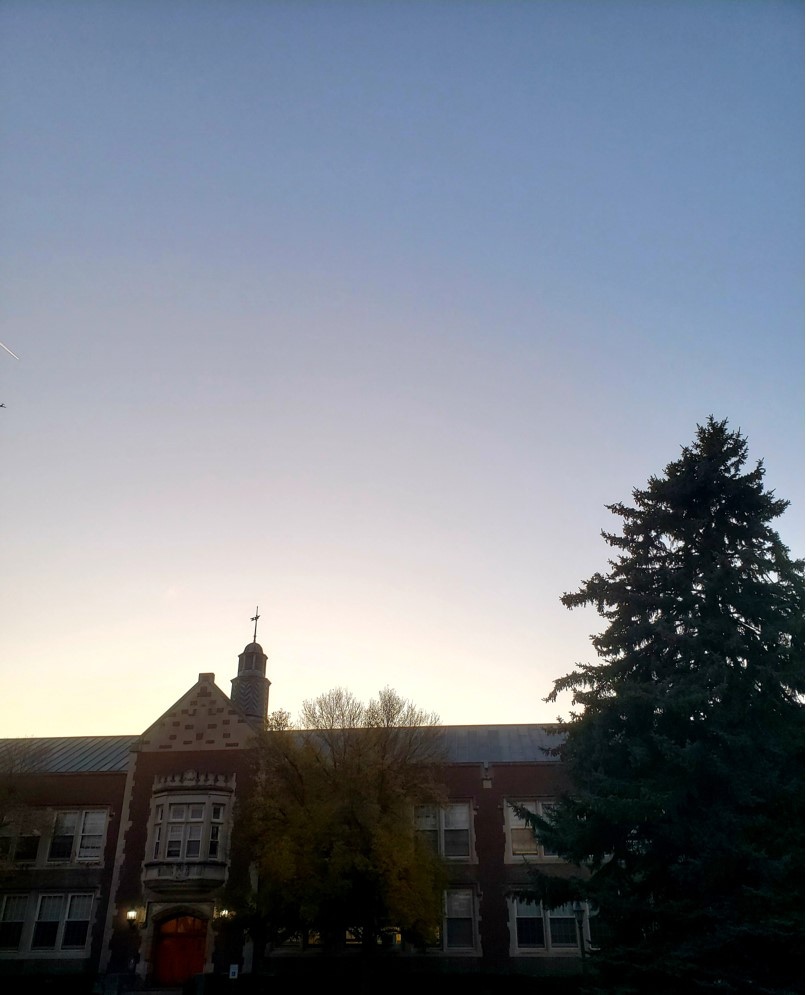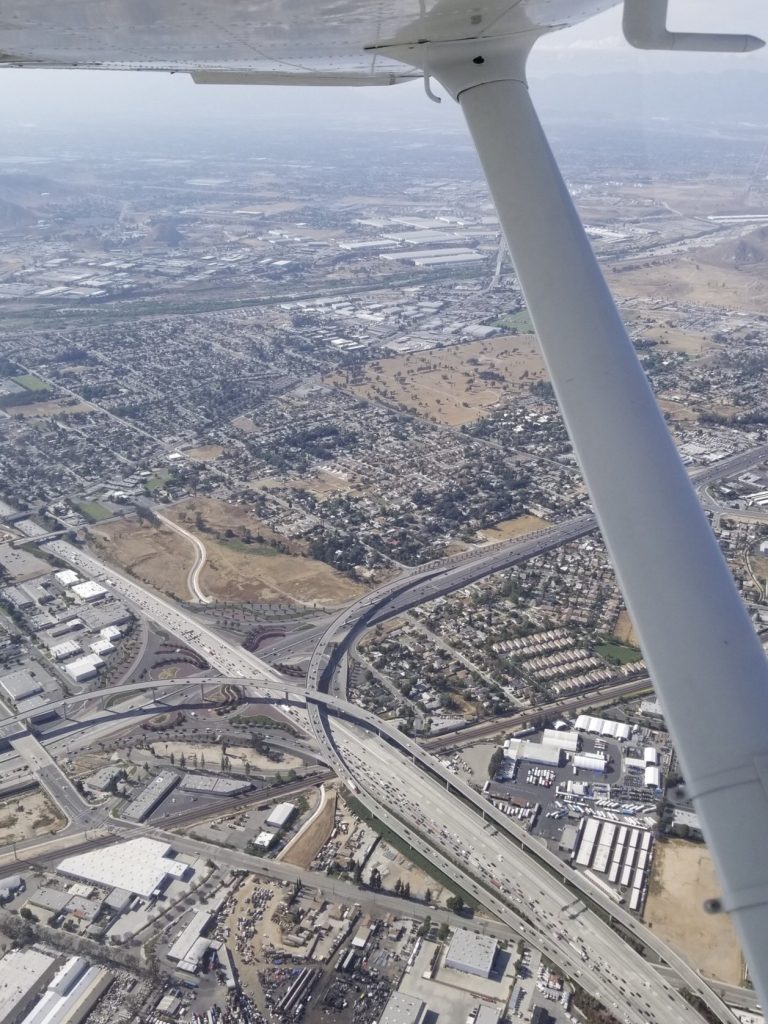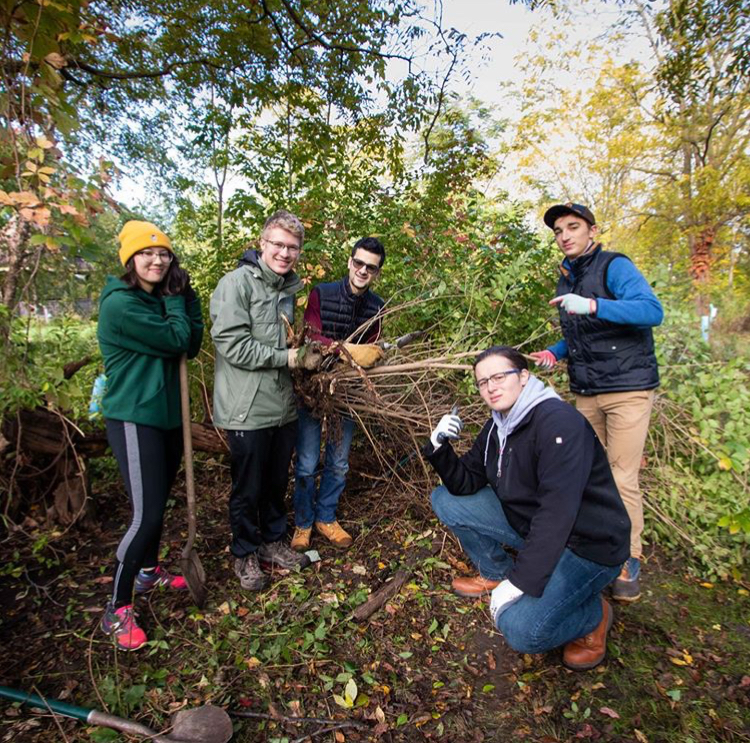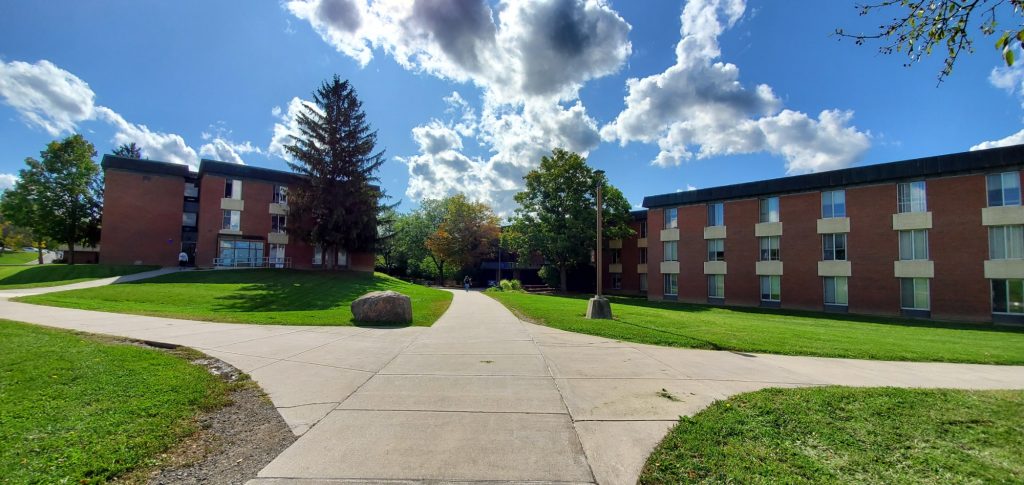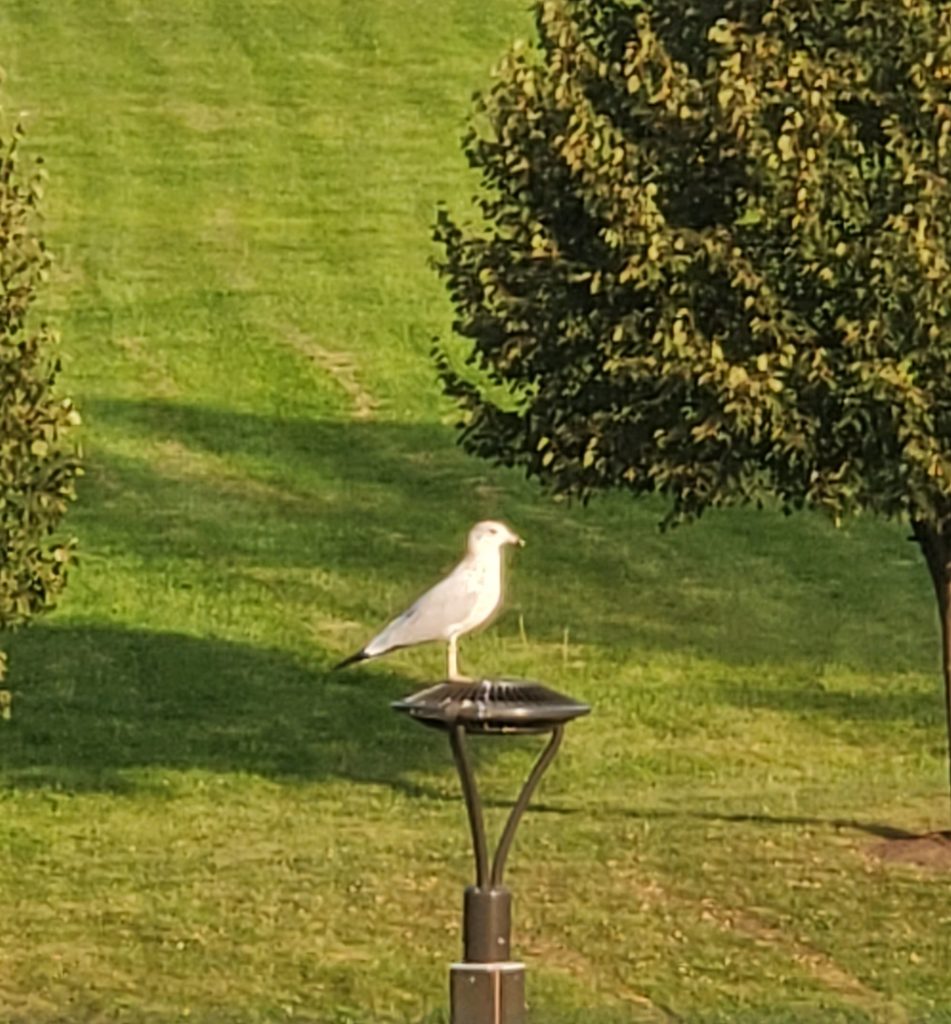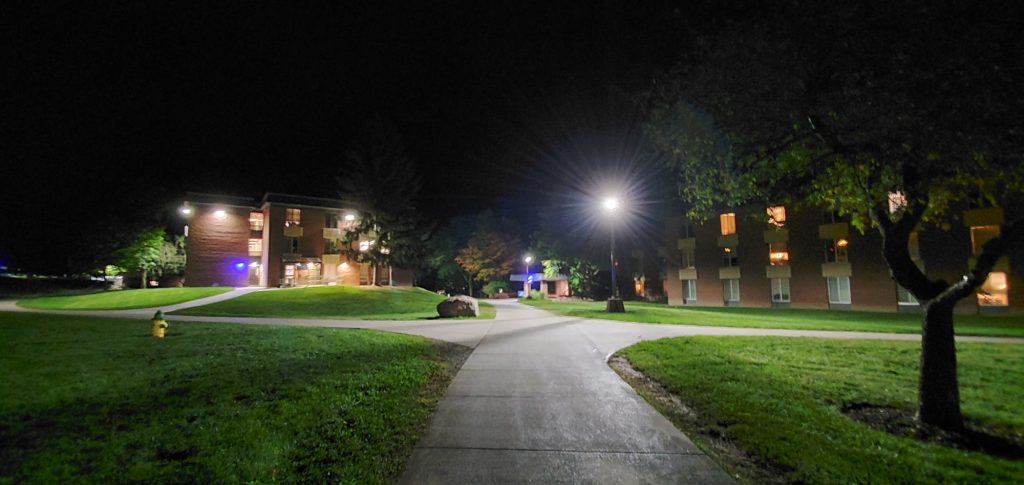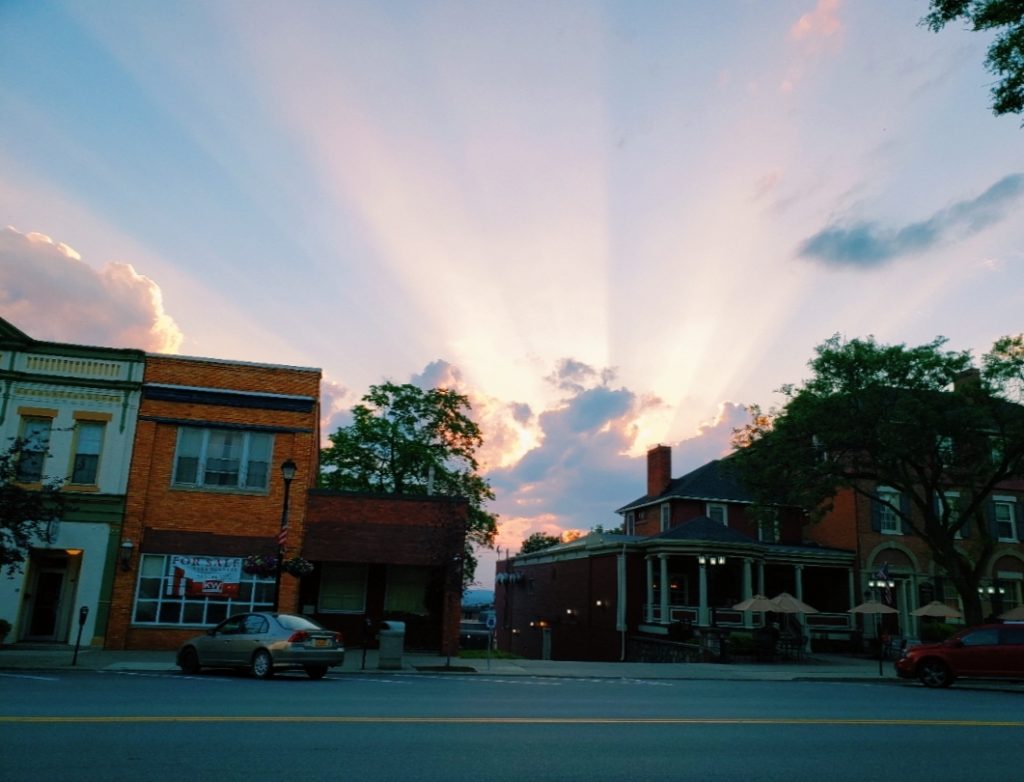As the leaves start to change color around me, I can’t help but think about my home. Having a house placed next to the highway 9A does not sound like the most ideal location for most people, but I don’t mind it. Trees create a natural barrier that separates the busy road from our yard. Behind the house is a woody area with a downslope leading to a cemetery. Two medium-size trees that have grown to almost the height of the house stand in front. My favorite time of year has always been autumn. The warm colors make me feel comfortable and tranquil.
My dog can sit outside for hours and be perfectly content. The birds and rabbits don’t bother him; he doesn’t chase them away, so they join him in the yard. Looking out from a window at the scene, I feel the need to go out and join them. Most people would complain about the traffic’s noise, but I don’t even hear it; it is drowned out by the beautiful visuals near me. I feel privileged that I have access to this view so easily. I watch in admiration when my dog eventually gets up to walk around. Sometimes he only gets up to move to a different spot on the grass, which is cute except for when it is 2:00 in the morning.
When the leaves fall down to create piles in the grass it feels bittersweet: while the piles of leaves look so beautiful, I am also reminded that this time of year is coming to an end. Now that I am at Geneseo, over five hours from home, I can look out into the beyond at the landscape with the colorful trees and feel at home. —Nicole
